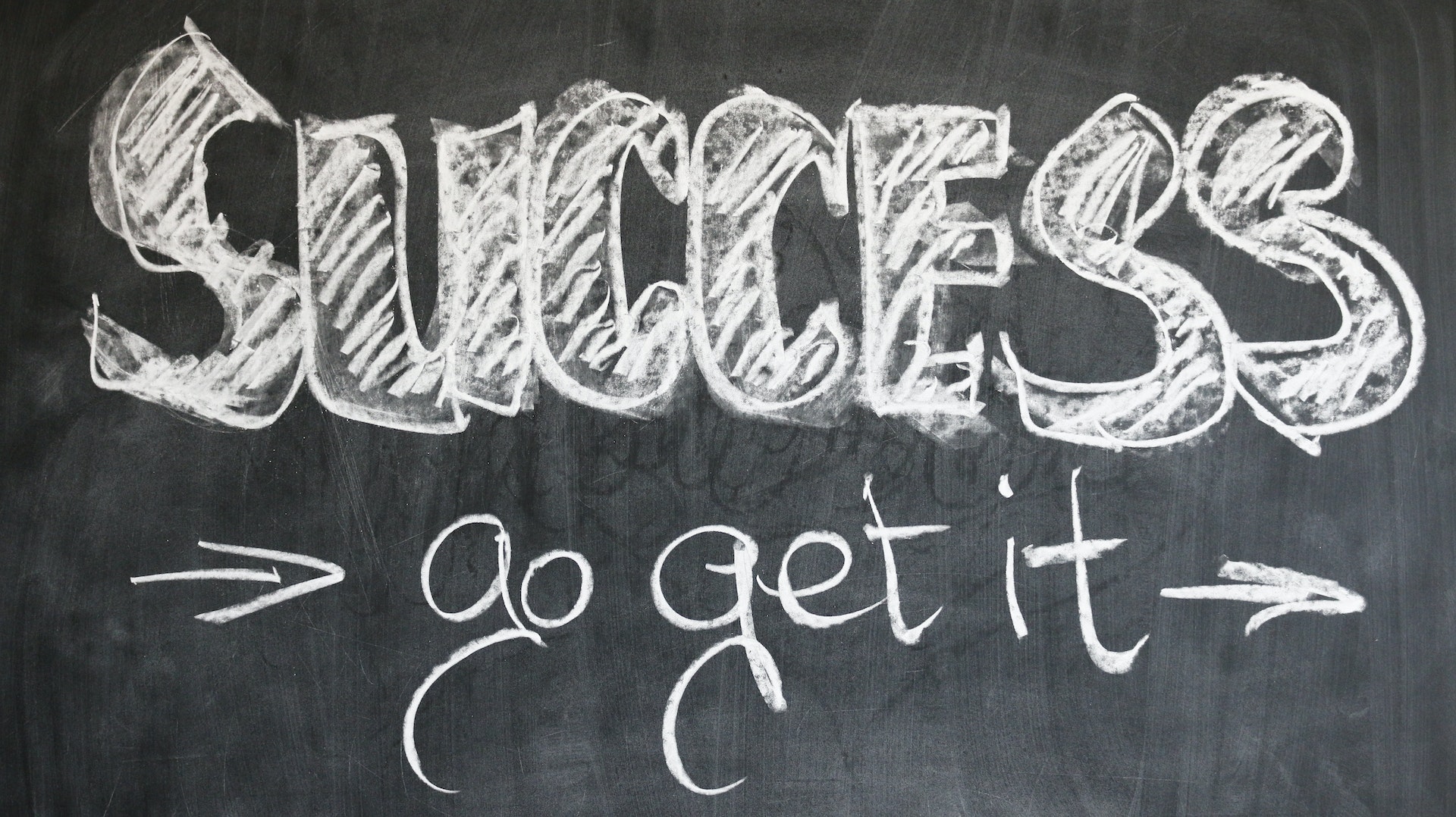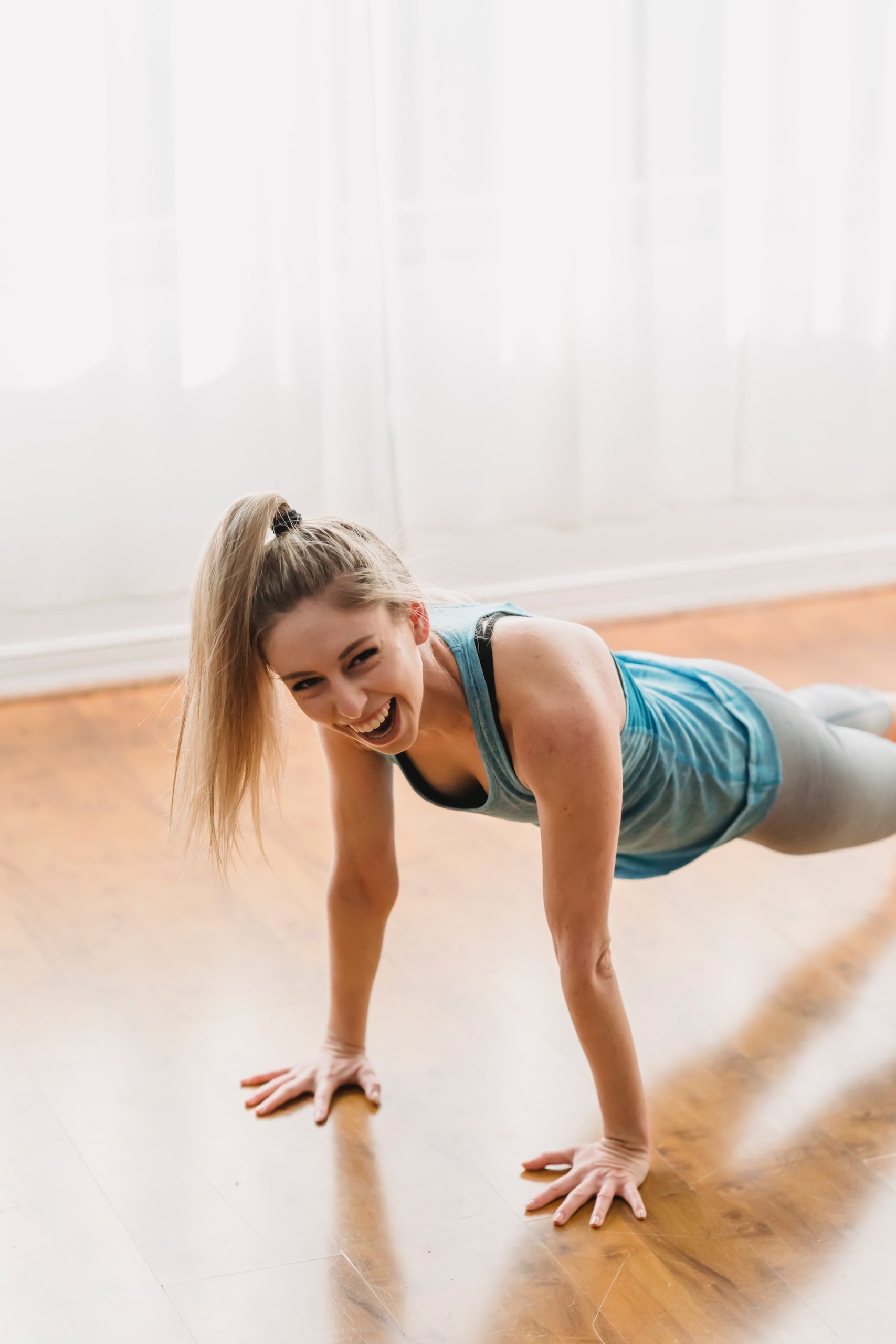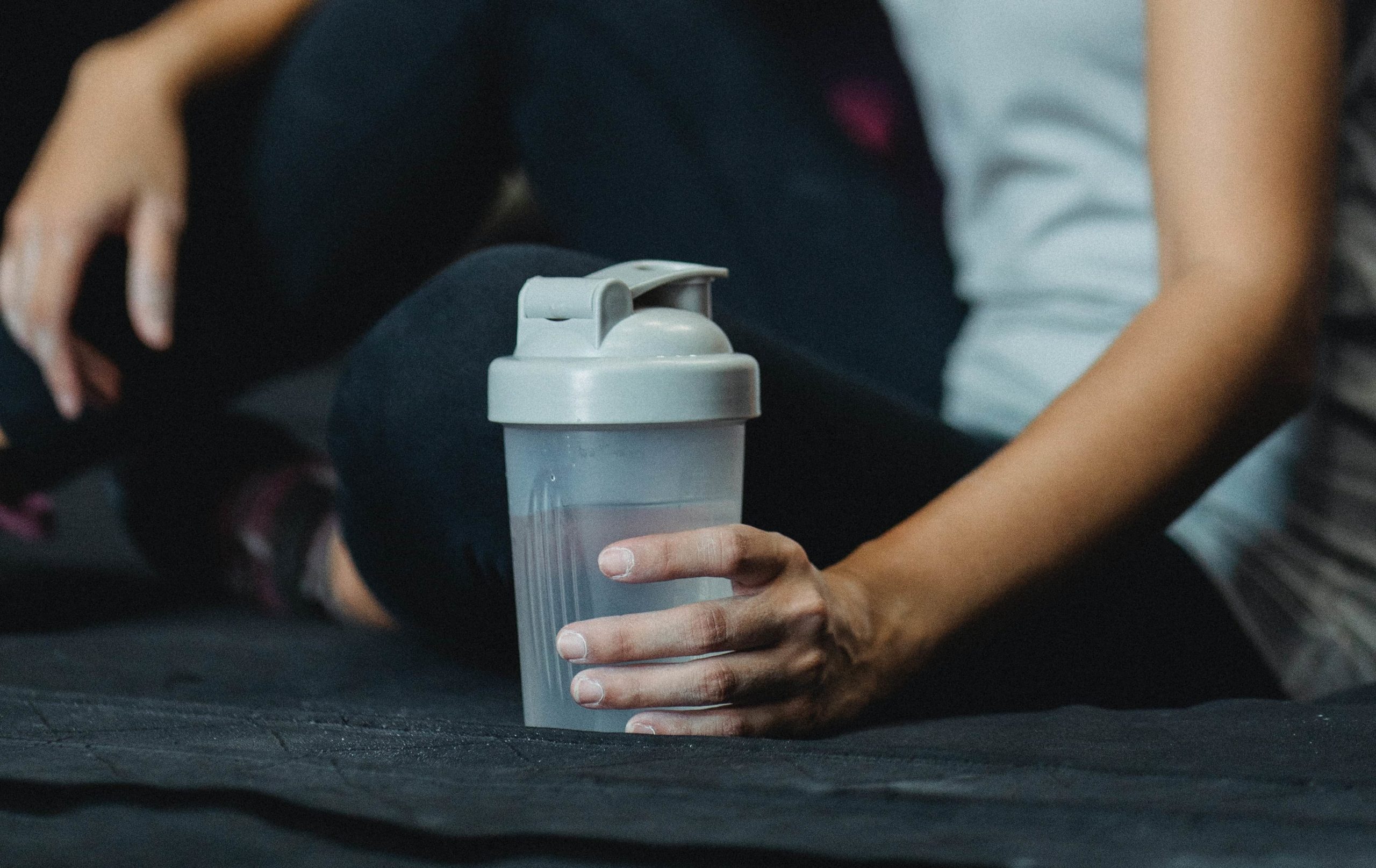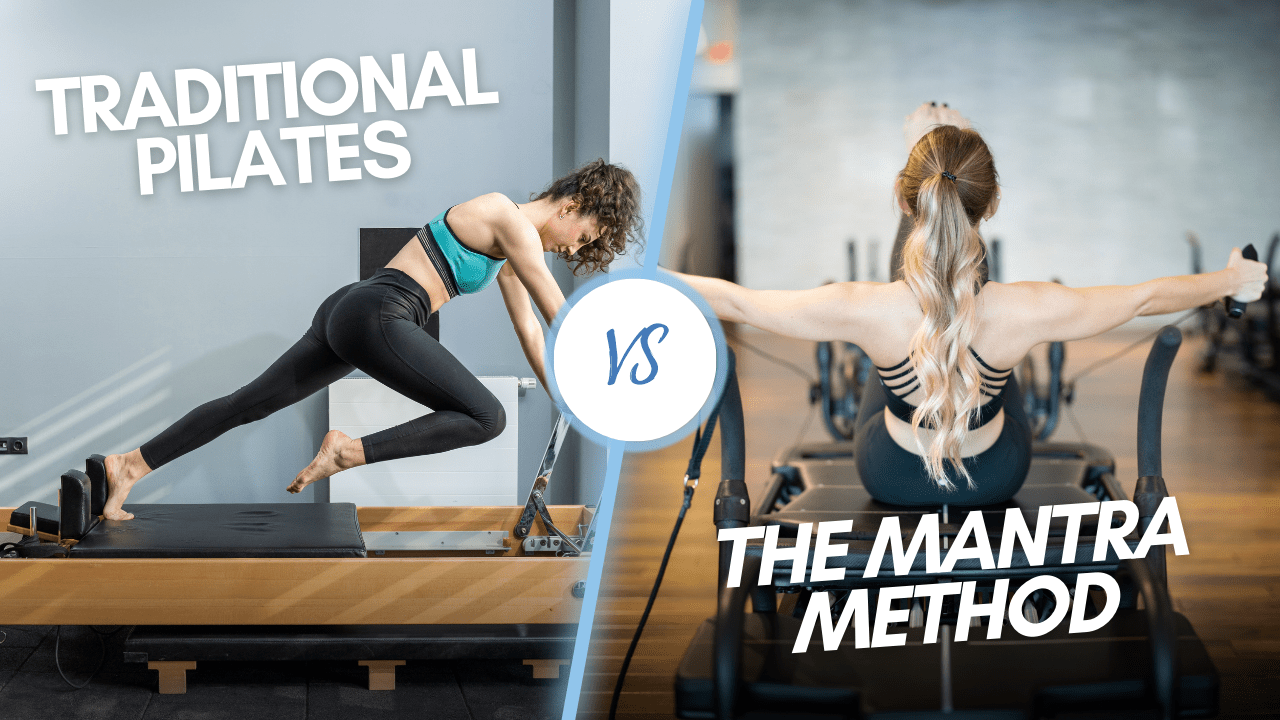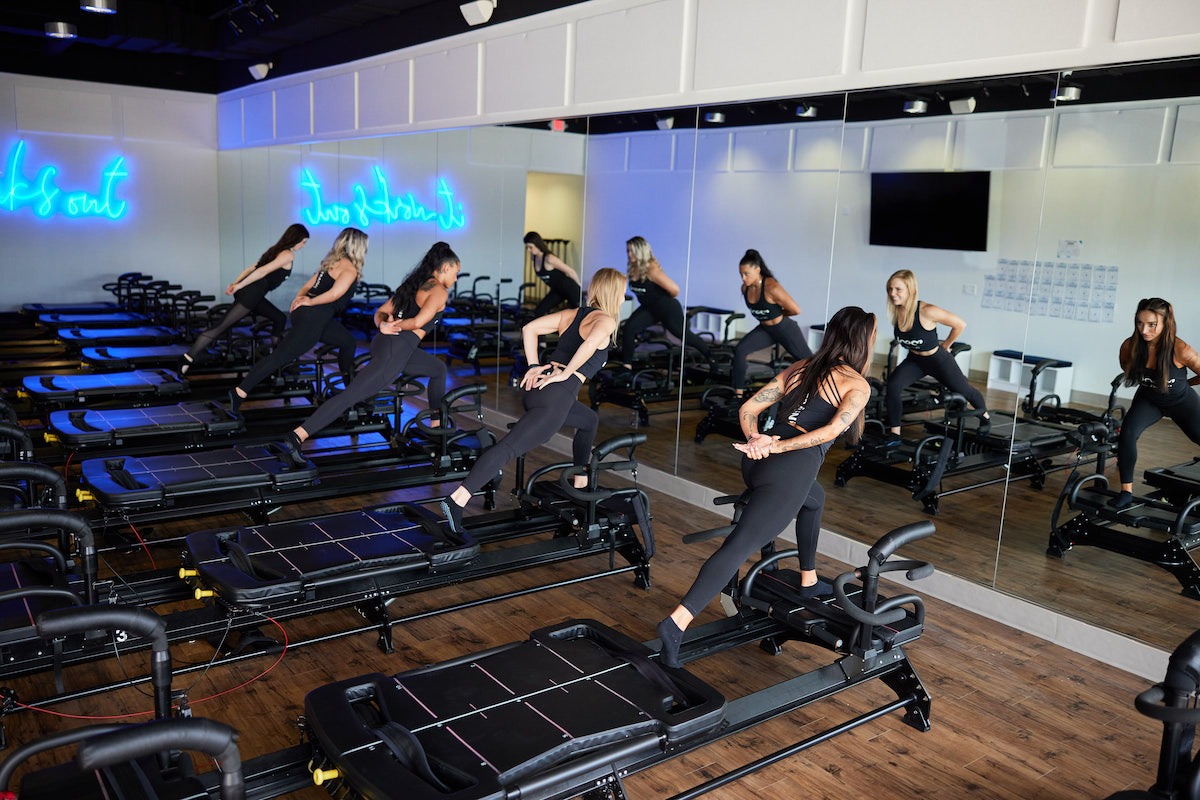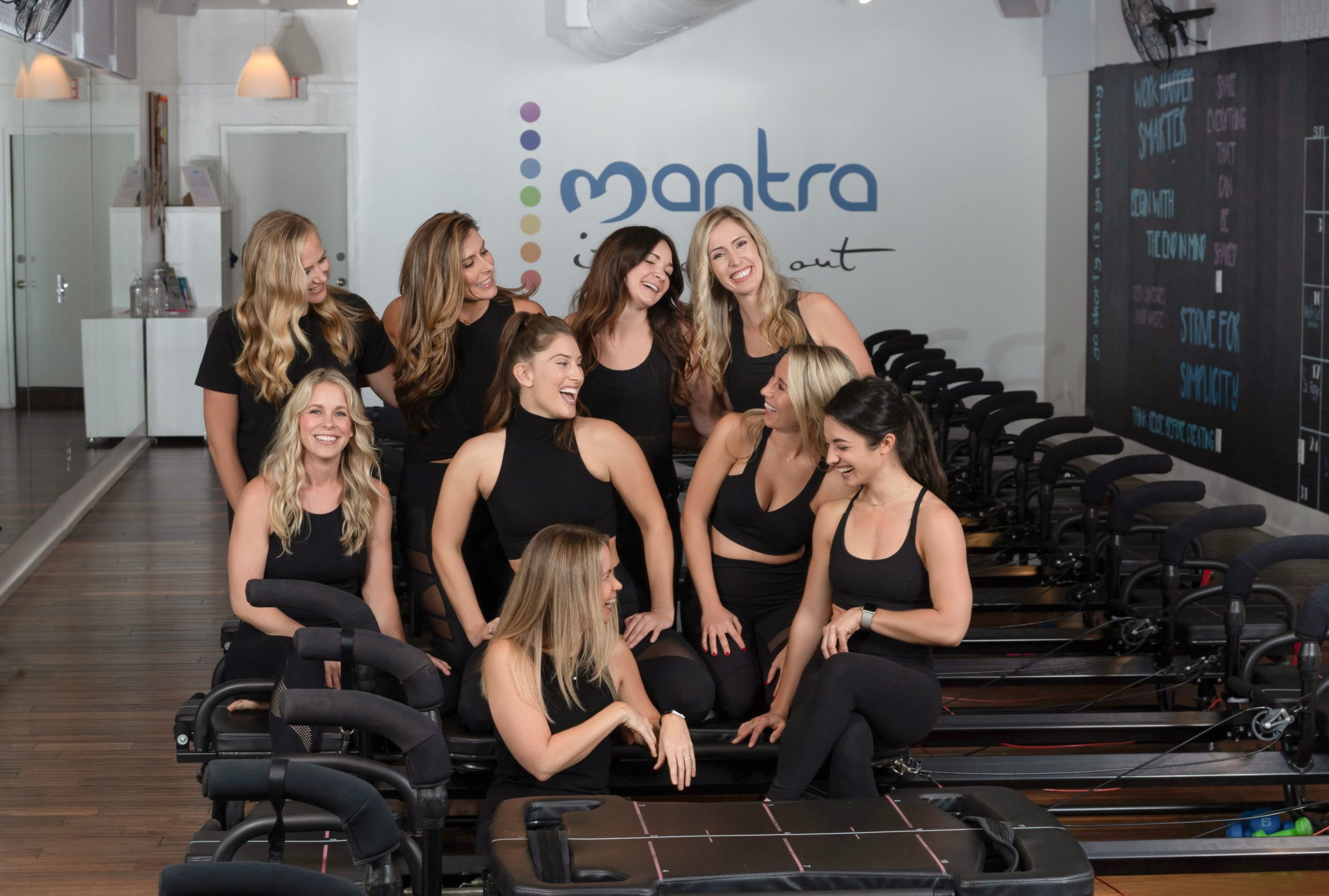In our fast-paced lives, finding moments of peace and self-discovery has become increasingly essential. Mantra practice has emerged as a powerful method to cultivate inner harmony, clarity, and spiritual growth. However, amidst our focus on the techniques and rituals of mantra practice, it is crucial to recognize the significant role that sleep plays in unlocking its true potential. In this blog post, we delve into the importance of sleep when engaging in mantra practice and how it directly impacts our performance, restoration, and overall well-being.
Facilitating Mental Restoration
During mantra practice, our minds embark on a journey of self-reflection, concentration, and stillness. It is in this state that our minds find solace and restoration. Quality sleep is an indispensable component of this restoration process. As we sleep, our minds rejuvenate, processing and integrating the experiences and insights gained during mantra practice. By obtaining sufficient sleep, we allow our minds the necessary time and space to restore, leading to increased mental clarity, focus, and a deeper connection with our mantras.
Enhancing Spiritual Connection
Mantra practice is deeply rooted in spirituality, providing a path to connect with our inner selves and higher consciousness. Adequate sleep plays a pivotal role in nurturing this spiritual connection. During sleep, our subconscious mind becomes more accessible, facilitating profound spiritual experiences and insights. By honoring our need for sleep, we create a receptive state that enables us to delve deeper into our mantra practice, fostering a stronger bond with our spiritual aspirations.
Promoting Emotional Balance
Mantra practice has the power to cultivate emotional balance and well-being. Sleep plays a crucial role in regulating our emotions by allowing us to process and integrate our experiences. Insufficient sleep can disrupt our emotional equilibrium, leading to heightened stress, irritability, and diminished emotional resilience. Prioritizing quality sleep supports emotional stability, allowing us to approach mantra practice with a calm and centered mindset, enhancing our ability to navigate life’s challenges with grace and serenity.
Boosting Energy and Vitality
A good night’s sleep directly impacts our energy levels and vitality, essential for the deep exploration and practice of mantras. Fatigue resulting from inadequate sleep can hinder our ability to concentrate, engage fully, and embrace the transformative power of mantras. Conversely, when well-rested, we experience increased energy levels, mental alertness, and physical stamina. This heightened vitality empowers us to delve into mantra practice with vigor, enthusiasm, and wholehearted dedication.
Integrating Mind, Body, and Spirit
Mantra practice is a holistic endeavor that encompasses the harmonious integration of mind, body, and spirit. Sleep plays a vital role in this integration process by allowing our bodies to rest, repair, and regenerate. By honoring our sleep needs, we support physical well-being, reduce the risk of illness and injuries, and enhance our overall capacity to engage fully in mantra practice. This synergy between sleep and mantra practice creates a harmonious cycle of growth and transformation.
Conclusion
In the realm of mantra practice, achieving spiritual growth and inner harmony requires a comprehensive approach that includes prioritizing sleep. By recognizing the importance of quality sleep, we facilitate mental restoration, deepen our spiritual connection, promote emotional balance, boost energy levels, and foster the integration of mind, body, and spirit.
To fully embrace the transformative power of mantra practice, make sleep a sacred part of your daily routine. Strive for 7-9 hours of restful sleep each night and establish soothing bedtime rituals to create a peaceful environment. By honoring your body’s need for sleep, you open the doors to a profound and enriching mantra practice, unlocking the true essence of inner harmony and spiritual growth.

